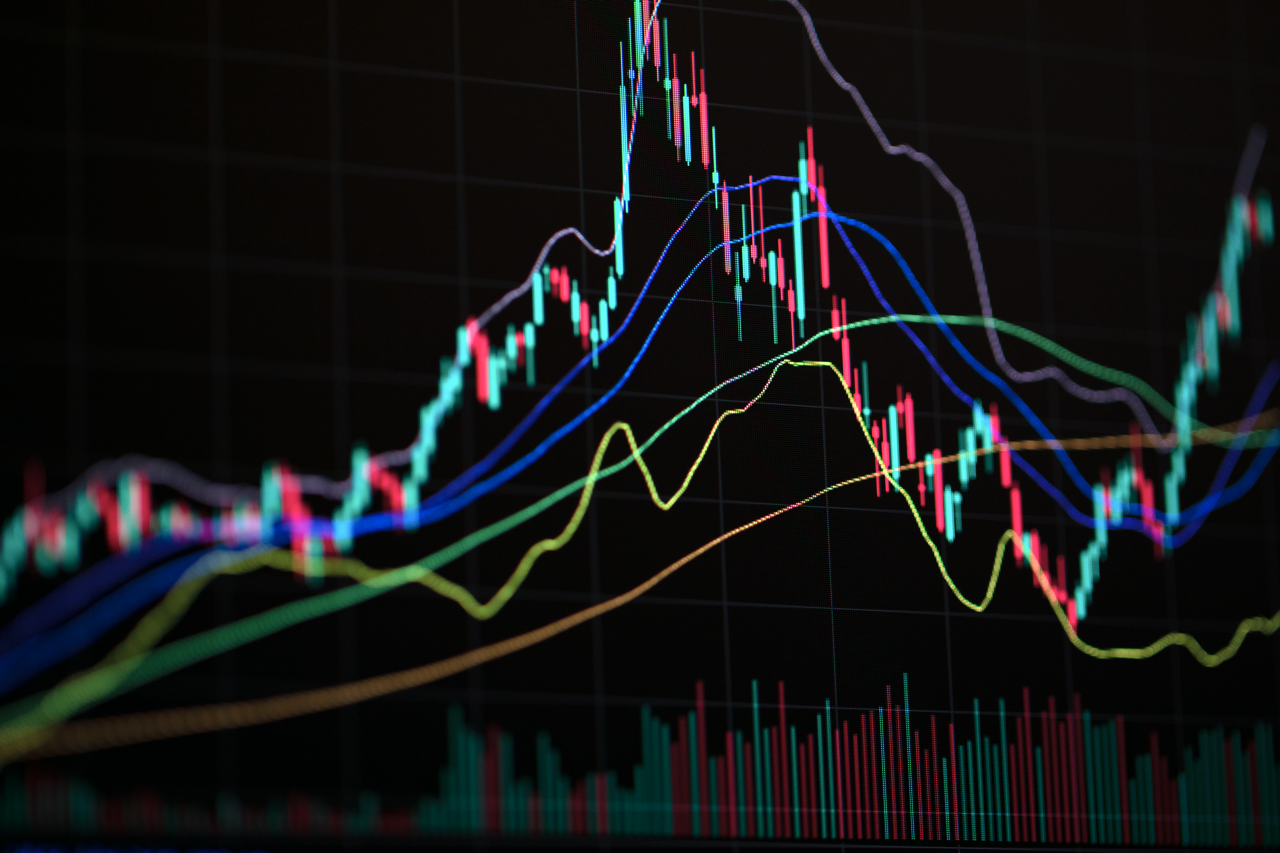Protecting Against Inflation - Are Balanced Portfolios the Solution?
A period of accommodative monetary policy by central banks has provided a higher-than-normal return in both equity and bond markets over the last 10 years, combined with lower inflation and taxes in the US. The easy returns in equities, bonds and credit that investors have enjoyed for over a decade, now look to be either coming to an end or at the very least slowing. This is however not the time, in my view, to run a more conservative risk allocation. With inflation and negative real returns in most high-quality fixed income markets likely to persist, a riskier asset allocation could be the only way to deliver real returns.
Entering 2022, we do not have a negative outlook. It should in fact be a good year for economic growth. This belief is based on three factors.
1. Supply chain disruptions should ease in the first half of the year.
2. There is still a significant amount of pent-up demand
3. Business investment, the corporate sector and consumers are all in fairly good shape.
With a lack of real alternatives for investors, equities remain one of the only assets that could generate real returns in 2022.
Equities and Inflation
Our outlook for global equity markets remains good, although we doubt that we will see a repeat of 2021 with global equities producing 15-30% returns. That being said, a low double-digit return would be my prediction for global equities. In my view, the US equities which saw a fantastic Q4, returning 10% (USD) will be the only market where we could see a noticeable contraction in earnings multiples. This, however, is likely to be supported by a higher propensity for the US government to spend on fiscal projects, better demographics, good earnings growth, and liquidity remaining loose although tightening.

I forecast better performance coming from both European and Japanese stocks. Eurozone saw a strong re-opening in Q2-Q3 which brought normalisation outside of just a few sectors. European stocks are less rate sensitive than US stocks, valuations are not particularly stretched, and we expect fiscal spending in Europe but with a focus on green stimulus.

Japan’s consumption and recovery have lagged other markets, but Prime Minister Kishada has proposed a large stimulus package of $490bn, including cheques for households. We see this as a turning point for Japanese equities which have some of the same touchpoints as European equities.
Japanese stocks returned very little in 2021 but given they have significantly lower debt to equity ratios than any other market, this could provide further insulation. With Japan now also boasting some of the highest vaccination rates, it seems likely that foreign inflow into Japanese stocks will start to pick up. I also see less downside risk in Japan compared to Europe, where one tail risk is that the US and Europe place tariffs on Russia reducing the availability of gas.

Why Inflation now?
The increased focus and attention on inflation rises have brought the topic to the forefront of investors’ minds. Several factors have contributed to the high figures of 5% in the Eurozone and 7% in the US. There were the high transport costs, supply chain inflation disruptions, the very low oil prices during the previous year and the overall normalisation of price increases. This is called the base effect where the previous years’ prices distort the next period’s figures.
It is likely that UK and Eurozone inflation rates might have approached a peak but is likely to remain elevated. This is partly because of the base effect but also because we see fewer supply chain disruptions going forward. We have taken a different stance in the US, where we see inflation persisting, given both the propensity for the government to spend and the acceleration we expect in services during the first half of the year. We are however a little more cautious moving into the second half of the year, as we believe some of the demand will have waned.

In 2021, the world experienced a bump in discretionary spending on goods, automobiles, appliances, and anything with a semi-conductor. Meanwhile, services lagged something which was easily observable in the real world.
Energy prices remain one of the key variables which has seen a significant move upwards. These price increases could be a result of money being redirected towards ESG-styled investments. The lower CAPEX, and possible even a higher risk premium, look to have affected these energy markets in the short term. In the medium term, short-term spikes in specific energy markets are likely, as stresses start to show in the old energy infrastructure assets.

Wages in the US rose 4.2% in Q3 2021, the fastest since the 1990s as labour shortages widened across a range of industries. This contrasts with most other countries which have seen increases but to a lesser extent. I put this down to the lack of direct stimulus checks and a looser labour market in the rest of the world.

A well-constructed and diversified investment portfolio upfront can help protect a portfolio from many risks including inflation.
Which asset classes do well in an inflationary environment?
Equities, low duration fixed-income and cash flowing alternatives, like real estate and infrastructure, might not sound like traditional inflation protection assets but these are probably some of the best if making a real return is also important. Although often thought of as inflation hedges, commodities, gold, and inflation linked bonds may not have as great a year as some investors and commentators expect.
I have always argued that if investors are long only commodities, they are unlikely to generate real returns over a sustained period. While commodity prices typically do well during a period of inflation, in general terms investors are unable to invest in these. Futures which are investable, produce very different returns which since the 2000’s have lagged the spot price. Our approach in this area has been to take advantage of long/short funds as appropriate for individual clients.

Bonds with long maturities which are high quality are particularly bad inflation hedges. US and Eurozone inflation rates sit at 7% and 5% respectively; with 10-year rates government bonds are 1.75% and -0.04% respectively. Investing at these levels, represents locking in -5% returns until maturity if inflation does abate.
In contrast, some of the lower duration fixed-income assets should fare better, especially the lower credit quality bonds. High yielding bonds, collateralised loan obligations and private credit looks set to perform well in 2022, particularly if we are correct about a robust economy.
Already in 2022, we have started to see large moves in the yields of major government bond markets. We have seen the short end of the curve in the US go from 0.23% to 0.92% in the last 6 months while the 10- year has also moved higher.
Although this might look sudden, I believe this move has been brewing for some time with many of the more speculative growth stocks having peaked either in late October last year or even earlier in 2021. To be frank, we welcome these moves given our value tilt and underweight bond positions and I have started to see some outperformance already in 2022. This move to value will likely be sustained for at least the first half of this year and should provide good relative performance.
Looking beyond the next year, we still believe in playing the themes.
Many of our themes remain the same from 2021 and 2020, such as innovation and wellness which most probably have more of a growth tilt. With higher yields already being priced into the market and as some of the high growth companies sell-off, we think 2022 could be a year to be both be patient whilst conducting detailed stock research on some of these names. Though we remain cognisant of the fact that some of the high growth companies today might be trading on valuations that overestimate their potential; however, it remains likely that some will become real leaders and provide significant returns over the next decade. It is our job, as stewards of family and institutional capital, to remain alert to these opportunities across capital markets and to incorporate these into portfolios with the potential for plenty of excess returns.
Disclaimer: The views, thoughts and opinions expressed within this article / video are those of the author, and not those of any company within the Capital International Group (CIG) and as such are neither given nor endorsed by CIG. Information in this article / video does not constitute investment advice or an offer or an invitation by or on behalf of any company within the Capital International Group of companies to buy or sell any product or security or to make a bank deposit.
















